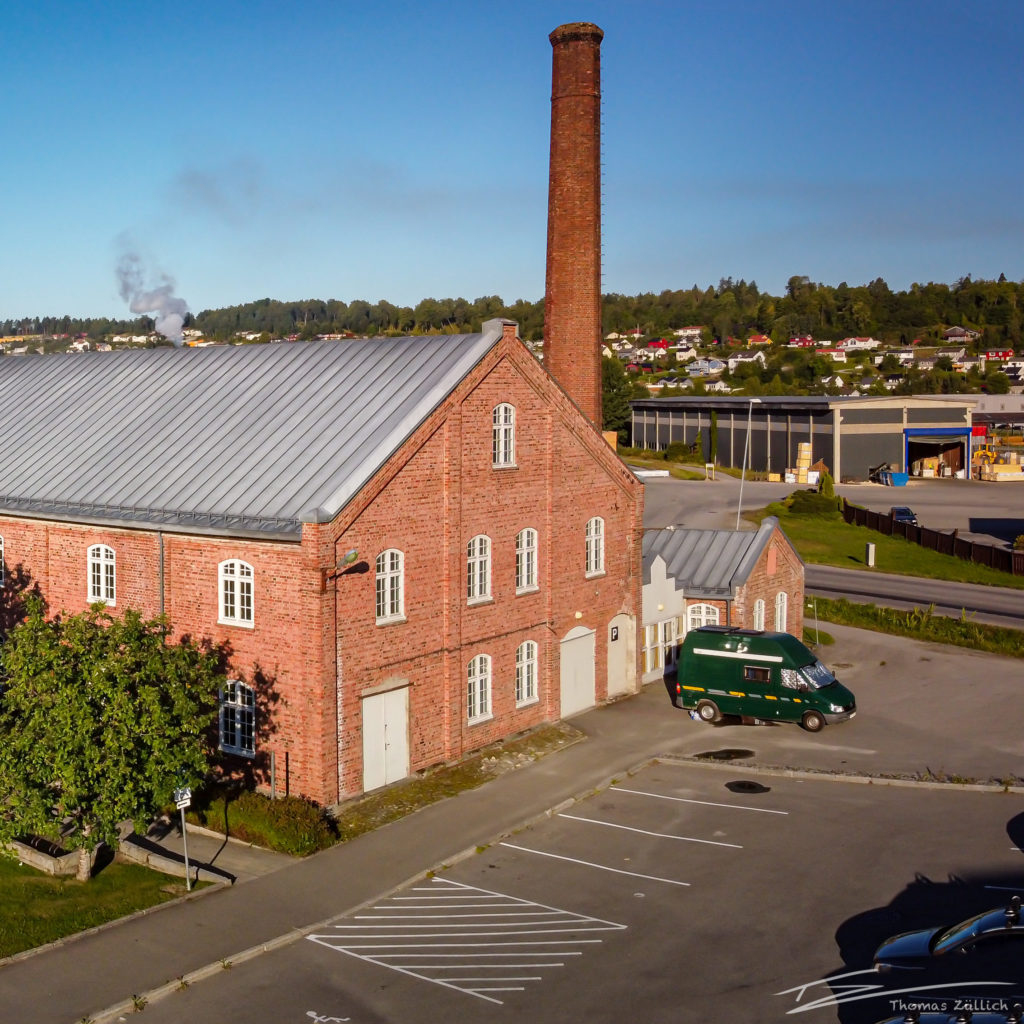I will be traveling to wherever I am called to. The term for a class at your venue is“IN_PERSON SMAART TRAINING CLASS”.
It is minimum 3 days, and the material taught is the “Smaart Operator Fundamentals Class”. When having completed this class the students can also take an online test to be certified SMAART Operators. The class is AVIXA approved.
I often got the request to do this class in 2 days, which I did in the past. The outcome was that a large percentage of the participants complained about lack of practical exercise. I totally agree with this criticism and have to say that I felt it was not right to do it any shorter than 3 days. Heck, the Meyer Sound SIM II class we taught back in the 90´s was 5 days.
In response I worked on a curriculum which I teach since several years. It includes all the essential theoretical stuff, which I cover in the first 1 1/2 days. Fro there on there’s a lot of practical training and on day three we mostly achieve to completely design and align a PA system for a theater style application. My goal is that everybody, and I really mean everybody leaving that class is fit operating SMAART in a meaningful and effective manner. That is also why the class is limited to absolutely maximum 16 students.
So there are two options – you can order a class for your company / venue. This can be 3 or 4 days. In other words a “Smaart Operator Fundamentals Class” + a “Smaart Application Practicums” day. Travel cost are flat 5.000
This seems to be a very good option. The last class in Norway was partially funded by the local authorities. (BIO – bedriftsintern opplæring)
If this is not possible to do “split” the cost up in a larger group and you want me to invoice individually than the price per student is 6.750 kr. for the 3-day class plus 1.500 for the applications practicums in conjunction with the 3 day class. I would need to see at least 8 fully paying students to make this work for me. So splitting the cost is maybe a better option. However, all students are of course entitled to a Smaart License at student pricing.
The technical requirements are rather simple. A large room big enough to walk around and listen properly. Preferably an auditorium or black box. A conference room does not work. I try to keep the class as close to reality as possible. A mixing console with 34 outputs, a small PA system, tables and stools and very very large coffee machine.
Questions? – please ask whatever you need to know. This program grows by input.
Yours sincerely,
Thomas Züllich

The situation is this that I have invested in a van, coincidentally it is sporting the rational acoustics logo color scheme. It really was a coincidence. This camper-van enables me to be very flexible and mobile. No need for airline tickets or even a hotel room.
I have all the gear with me and maybe even some extra microphones for sale. Border Collie Einstein is responsible for the security and he also volunteered to give a sub-wuffer class 😉